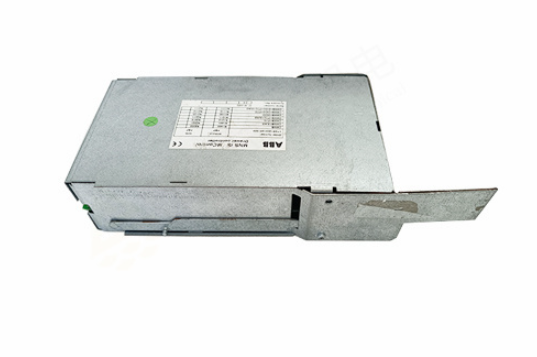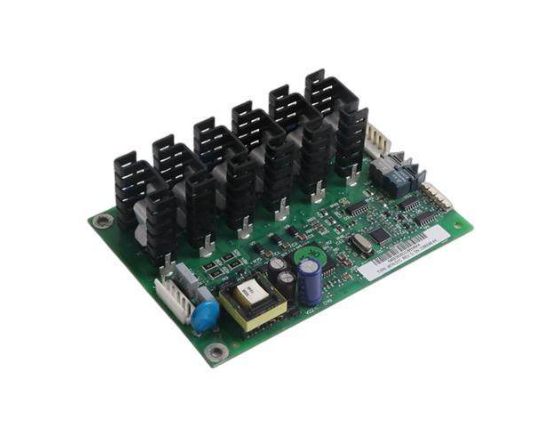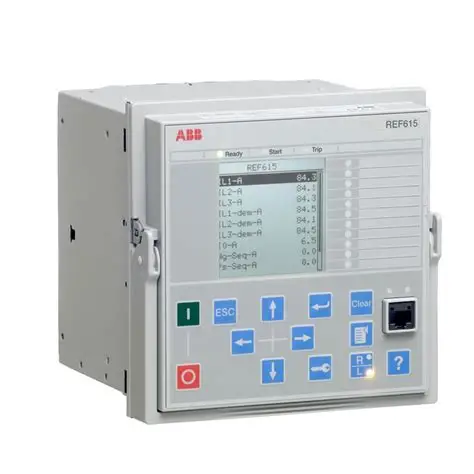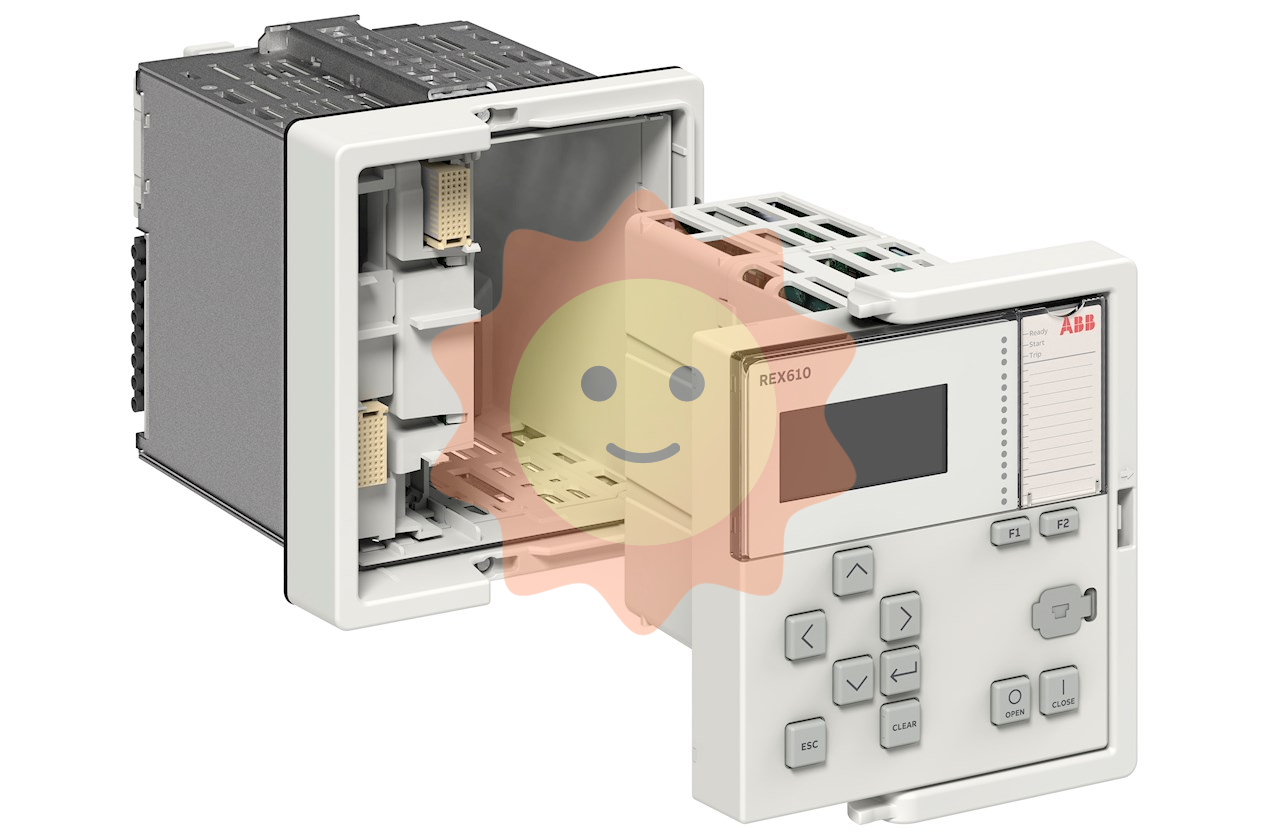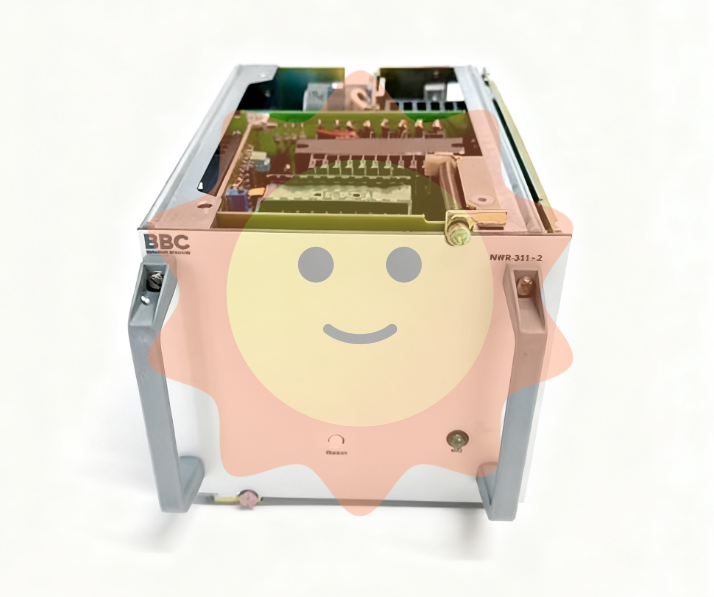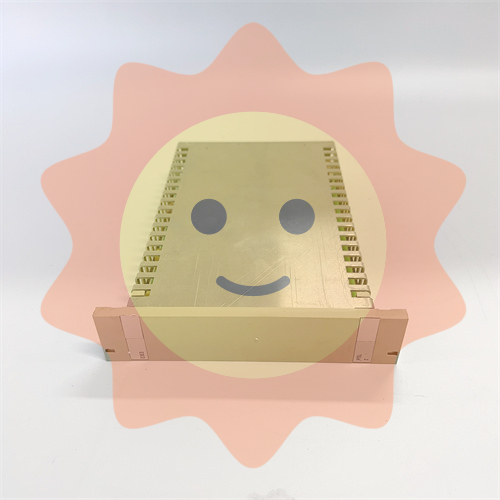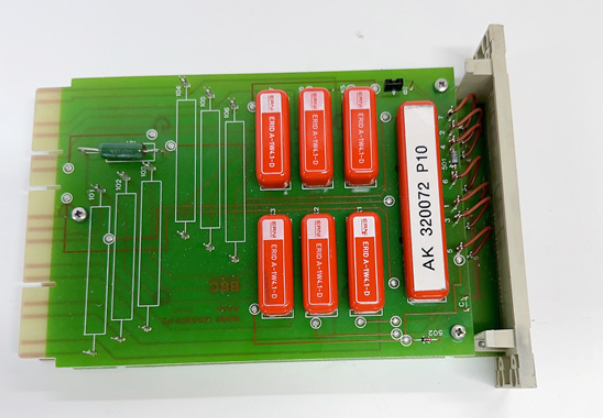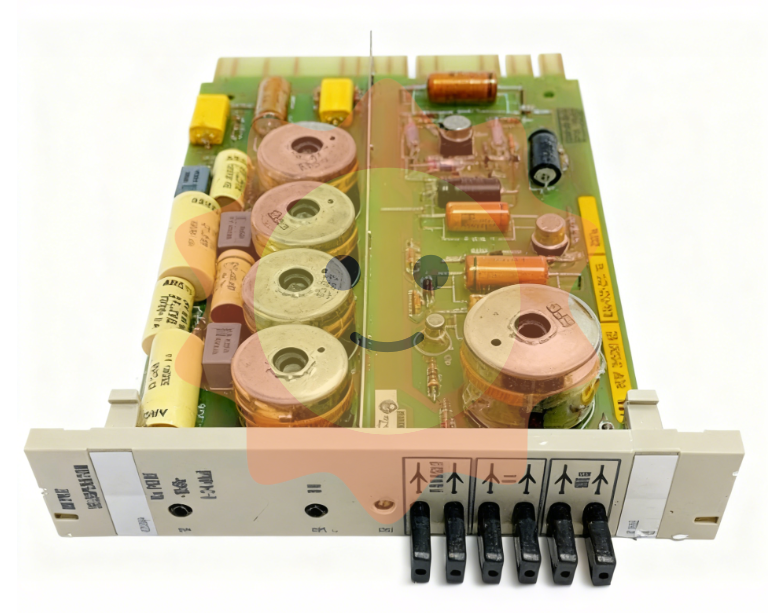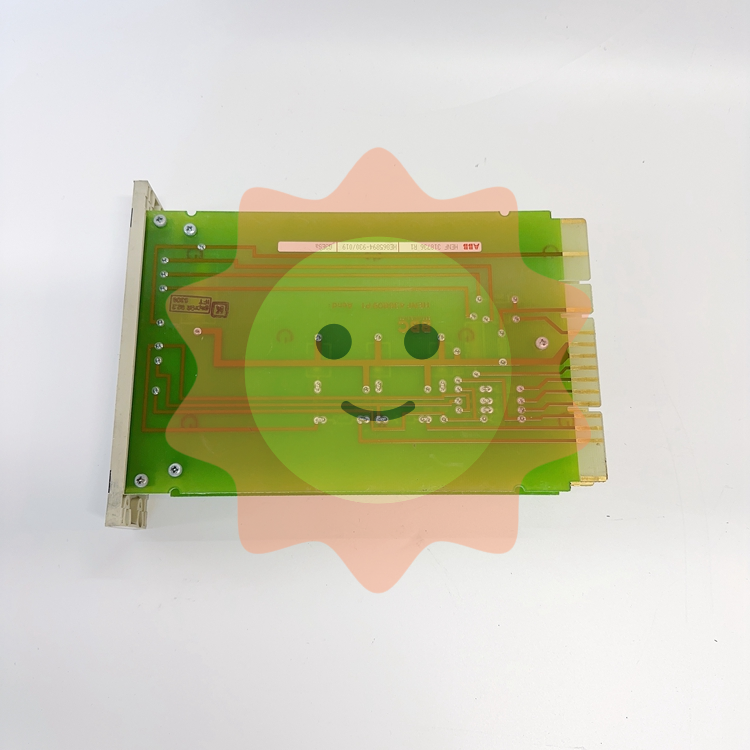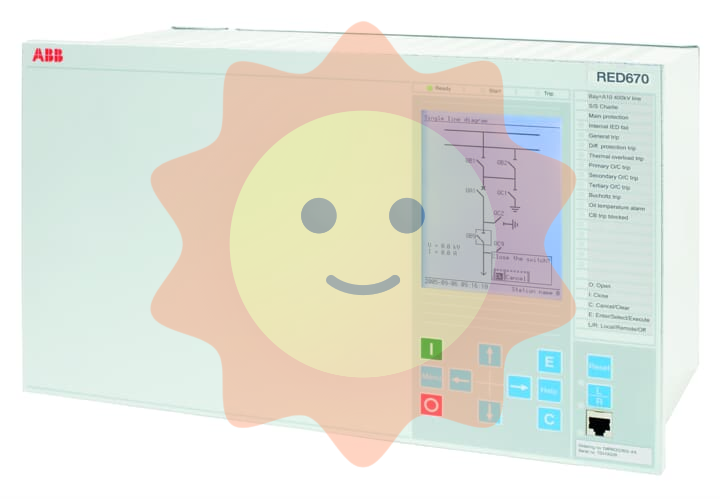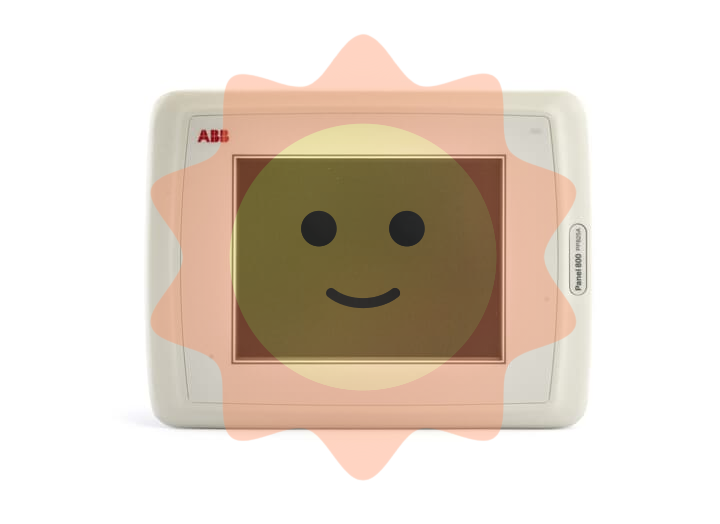YOKOGAWA ADMAG TI Series AXW Electromagnetic Flow Meter (25-450mm) Installation and Operation
(2) Example of Parameter Setting
Flow unit setting (optional parameter): Path "Device setup ► Detailed setup ► Pro var ► Volume ► Unit/Time Unit". If setting "l/min", select "l (lite)" (physical unit) and "/min" (time unit) respectively.
Flow range setting (numerical parameter): Path "Device setup ► Detailed setup ► Pro var ► Volume ► Span", the unit needs to be set first, and the range value will be automatically converted with the unit.
Tag number setting (alphanumeric parameter): Path "Device setup ► Detailed setup ► Device info ► Order info ► Tag No.", maximum input of 8 ASCII characters.
(3) Pre operation Zero Adjustment
Prerequisite: The sensor is filled with fluid and the flow rate is 0 (with the valve closed). For the FILDVUE/PROFIBUS PA type, all sensor blocks must first be set to "O/S" mode.
Operation path: "Device setup ► Diag/Service ► Autozero ► Execute". Double click [SET] to start, taking about 30 seconds. After completion, check the "Result ► Zero value" to confirm the result (exceeding 10cm/s will trigger a warning "092: AZ warning").
3. Use of configuration tools
BRAN/HART: Connected through BT200 or FieldMate, it needs to be parallel in a 4-20mA circuit, with load resistance ≥ 250 Ω/230 Ω respectively.
Modbus/FOUNDATION Fieldbus/PROFIBUS PA: Corresponding DTM (such as AXW4A Modbus DTM 1.1.4.0 or above) is required, and FieldMate needs to be upgraded to the corresponding version.
EtherNet/IP: Supports web configuration (requires IE8+/Chrome/Edge browser), requires installation of corresponding EDS file (supplier ID 250, product code 206).
Operation and maintenance
1. Hardware switch settings
Burnout switch: When the CPU fails, the current output direction defaults to a high value (>21.6mA), and when C1/C2 is installed, a low value (<2.4mA) is set.
Write Protect: To prevent parameter tampering, rewriting is prohibited when the hardware switch is set to "ON" (in conjunction with software write protection).
Address switch: Modbus (1-127), PROFIBUS PA (0-126), EtherNet/IP (set IP segment 4) need to be set through 8-bit dialing, and priority is controlled by the SW3-1 switch.
Terminal resistor switch (SW2): A 150 Ω terminal resistor (SW2-1/SW2-2 both "ON") is required at both ends of the Modbus bus.
2. Correction factor setting (for specific flanges)
Applicable scenarios: When using 40-125mm wafer type and specific linings (such as polyurethane rubber U, natural hard rubber H) with carbon steel flanges, a correction factor (CFL/CFH: double-sided carbon steel) needs to be set; CF1L/CF1H: single-sided carbon steel), the coefficient is marked on the nameplate or on the Yokogawa official website for reference.
Set path: such as the display screen "Device setup ► Detailed setup ► Sensors ► Low MF/High MF", Modbus address 40321 (Low MF)/40323 (High MF).
3. Fault handling
Chapter 7 of the document provides a detailed list of four types of faults: system alarms (equipment failures, such as "010: Main CPU FAIL" requiring contact with the service center), process alarms (process issues, such as "051: Empty detect" requiring fluid filling), set alarms (parameter errors, such as "060: Span cfg ERR" requiring range adjustment), and warnings (such as "087: Adhesion lv 3" requiring electrode cleaning). Each fault includes NE107 status (F/C/S/M/N), description, and countermeasures. Examples are as follows:
NE107 status error code/information reason countermeasures
F 010: Main CPU FAIL Mainboard CPU failure Contact Yokogawa Service Center
S 051: Empty detect sensor fills the pipeline with liquid through the empty tube
C 060: Span cfg ERR flow range setting error (requires 0.05<Span<16m/s) Check and correct range parameters
M 087: Adhesion lv 3 electrode adhesion insulation (resistance exceeding level 3). It is recommended to clean the electrode
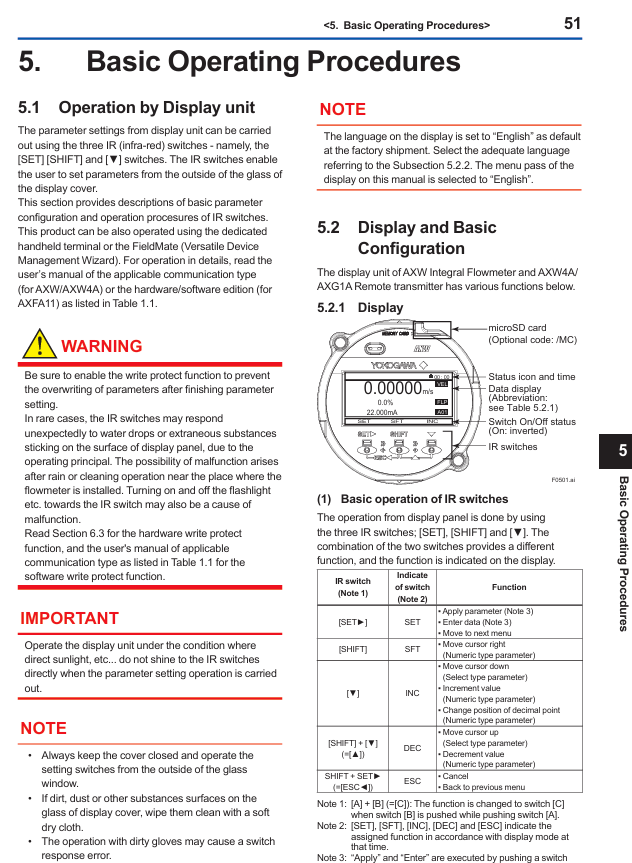
- EMERSON
- Honeywell
- CTI
- Rolls-Royce
- General Electric
- Woodward
- Yaskawa
- xYCOM
- Motorola
- Siemens
- Rockwell
- ABB
- B&R
- HIMA
- Construction site
- electricity
- Automobile market
- PLC
- DCS
- Motor drivers
- VSD
- Implications
- cement
- CO2
- CEM
- methane
- Artificial intelligence
- Titanic
- Solar energy
- Hydrogen fuel cell
- Hydrogen and fuel cells
- Hydrogen and oxygen fuel cells
- tyre
- Chemical fiber
- dynamo
- corpuscle
- Pulp and paper
- printing
- fossil
- FANUC
- Food and beverage
- Life science
- Sewage treatment
- Personal care
- electricity
- boats
- infrastructure
- Automobile industry
- metallurgy
- Nuclear power generation
- Geothermal power generation
- Water and wastewater
- Infrastructure construction
- Mine hazard
- steel
- papermaking
- Natural gas industry
- Infrastructure construction
- Power and energy
- Rubber and plastic
- Renewable energy
- pharmacy
- mining
- Plastic industry
- Schneider
- Kongsberg
- NI
- Wind energy
- International petroleum
- International new energy network
- gas
- WATLOW
- ProSoft
- SEW
- wind
- ADVANCED
- Reliance
- YOKOGAWA
- TRICONEX
- FOXBORO
- METSO
- MAN
- Advantest
- ADVANCED
- ALSTOM
- Control Wave
- AB
- AMAT
- STUDER
- KONGSBERG
- MOTOROLA
- DANAHER MOTION
- Bently
- Galil
- EATON
- MOLEX
- Triconex
- DEIF
- B&W
- ZYGO
- Aerotech
- DANFOSS
- KOLLMORGEN
- Beijer
- Endress+Hauser
- MOOG
- KB
- Moxa
- Rexroth


Email:wang@kongjiangauto.com

